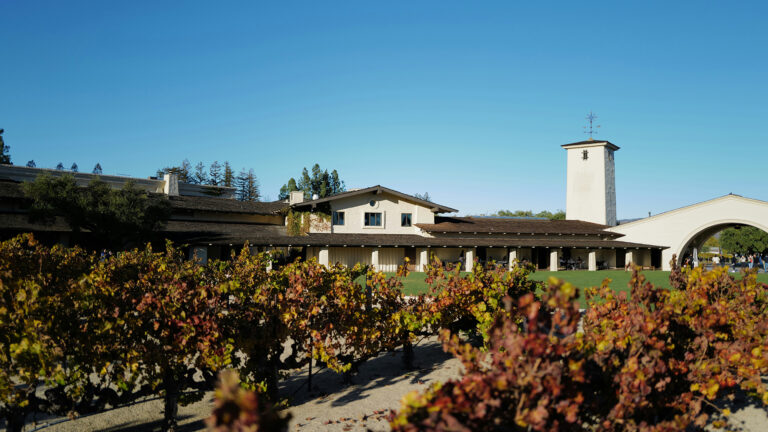The California Public Employees’ Retirement System’s shift to a total portfolio approach will be guided by eight core workstreams focused on governance and risk management.
During a recent board meeting, Amy Deming, head of investment controls and operational risk noted that the TPA framework represents a significant change management undertaking for the investment office and the broader enterprise.
“We recognize this is a significant change management effort . . . and that’s why we’ve developed a detailed plan with eight workstreams, and why we’ve also placed a strong emphasis on collaboration and communication throughout the process.”
The first workstream focuses on adoption of a reference portfolio and an active risk limit — policy anchors necessary for launching TPA, said Deming. Another key workstream is internal governance, which will examine the investment office’s roles and committee structures in a TPA environment, including refining decision-making responsibilities and ensuring appropriate monitoring and reporting mechanisms are in place.
Portfolio construction, the third workstream, forms the foundation for evaluating investment strategies, assessing the cost of capital, and determining how risk will be allocated across the portfolio, Deming continued, noting this was central to ensuring the investment program aligns with TPA principles.
The fourth workstream is treasury management, also a significant component that is centered on frameworks governing liquidity and leverage, she said. Deming added that this work will align closely with CalPERS’ ongoing technology modernization efforts, which will support improved oversight and efficiency.
The next workstream will see the pension fund conduct a comprehensive review of policy and controls to ensure all governance and portfolio construction frameworks are accurately reflected in updated investment policies. Deming said an updated Total Fund Policy is expected to come before the board in March for a first read, followed by a second read in June.
Communication and engagement efforts, which make up the next workstream, will also be central components of the organizational change. Deming said CalPERS has adopted “focused and varied communications across the organization” to ensure staff understands the new model and its implications. Reporting, the seventh workstream, plays a critical role in maintaining transparency and accountability. Enhancements are being developed to ensure that both management and the board continue to receive clear, comprehensive, and informative performance and risk reporting under the new framework.
The final workstream is implementation, said Deming, noting this phase will merge the functional outputs of all other workstreams to ensure CalPERS is operationally ready for the July 2025 target go-live date. “This is essentially the body of work where . . . we’re operationally ready to go July of next year. . . .”
She also noted that all workstreams are progressing under chief investment officer Stephen Gilmore’s leadership and with oversight from CalPERS’ Total Portfolio Approach Steering Committee.













